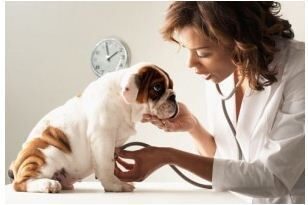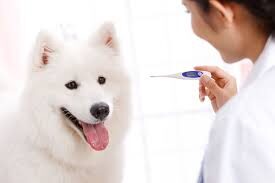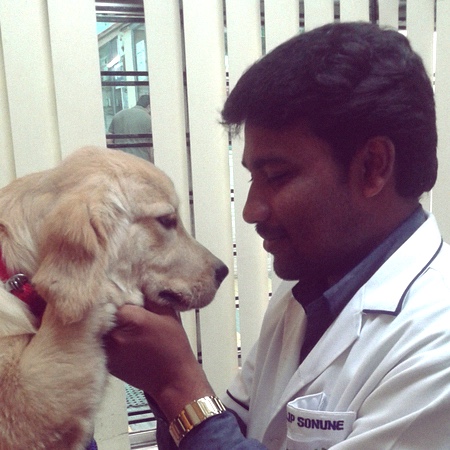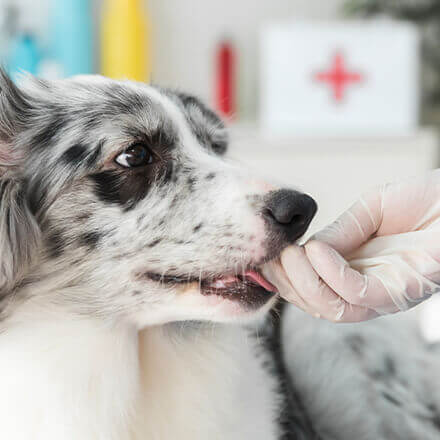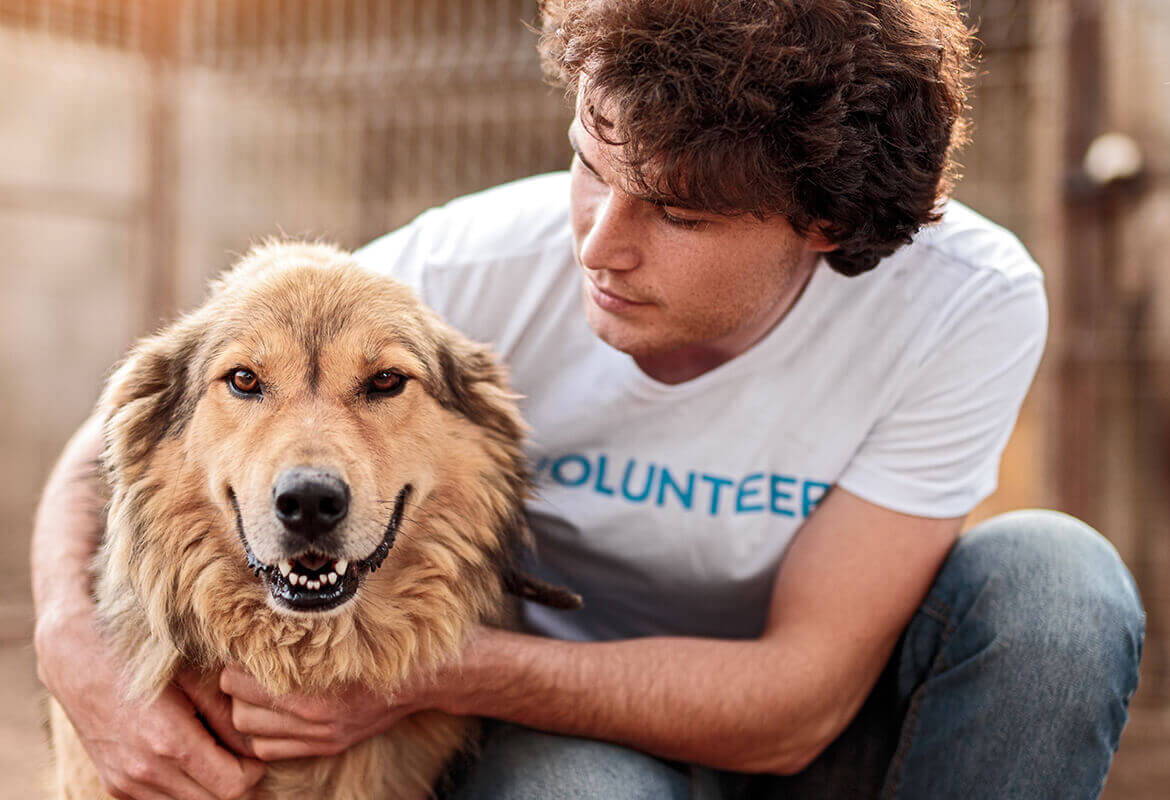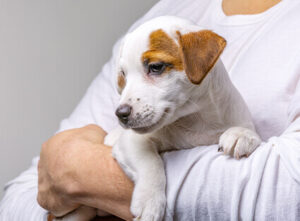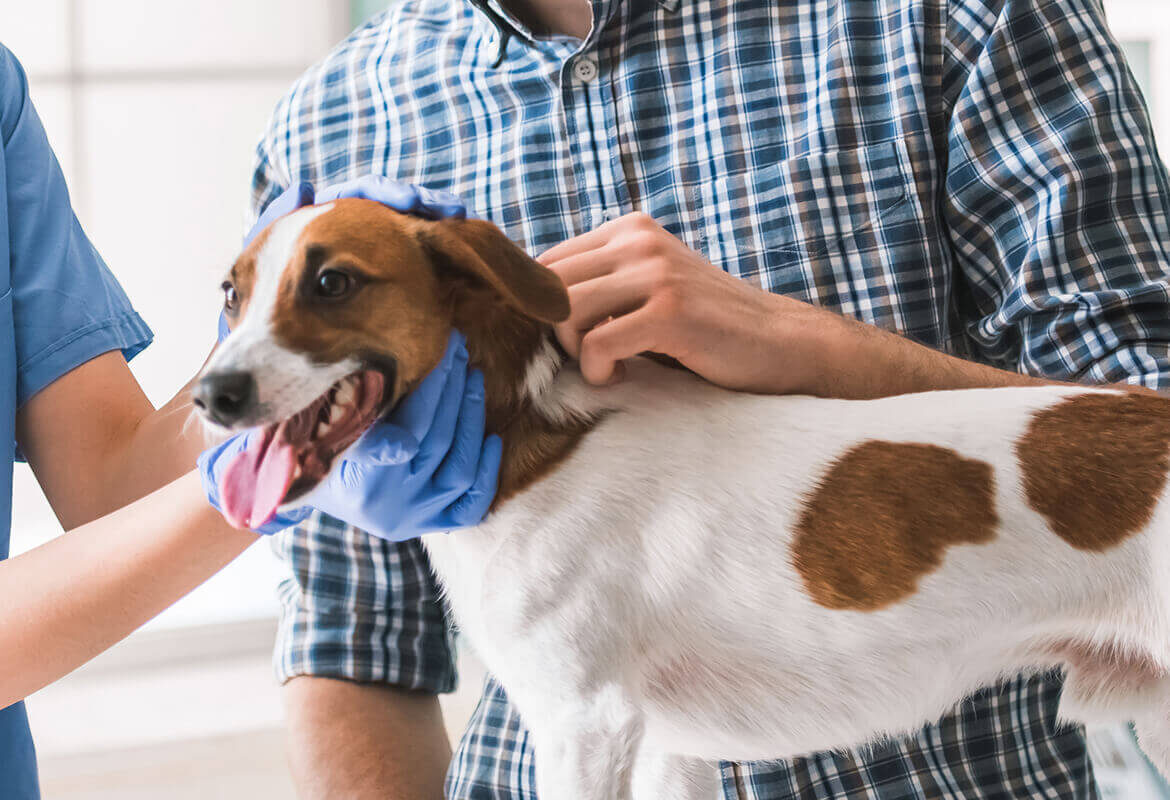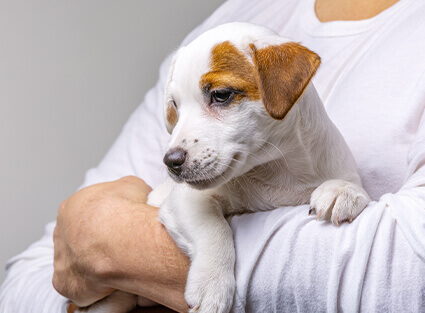HOW TO CHECK YOUR PET’S TEMPERATURE
Normal Temperature for Dog & Cat : 100-1020F / 37.80C – 39.40C
Instructions for Rectal Temperature :
Some dogs will allow you to take their temperature, but others don’t like it at all. It might be easier if you get another person to assist by holding your dog.
If using a mercury thermometer, remember to shake it with a quick flick of the wrist until the mercury is below 94 degrees. Then lubricate the thermometer with petroleum jelly, KY jelly or other water-based lubricant.
Have your helper hold the head and front part of the body by tightly hugging your dog.
Lift the tail and insert the thermometer slowly and carefully into the rectum, located just below the base of the tail. Insert the thermometer about 1 inch and hold in place – two minutes for mercury thermometers or until the digital thermometer beeps. Remove the thermometer and read the temperature.
Instructions for Ear Temperatures
The normal Ear temperature in dogs is between 100.0 degrees and 103.0 degrees Fahrenheit (37.8 degrees and 39.4 degrees Celsius). The ear thermometer works by measuring infrared heat waves that come from the ear drum area. The ear drum is
considered to be a good indicator of body temperature as it measures brain blood temperature. It is important to place the thermometer deep into the horizontal ear canal to obtain an accurate reading. An ear thermometer such
as the Pet-Temp® designed for cats and dogs works best due to a longer arm that allows for the probe to be placed deeper into the ear canal. The first few times you use it, take both an ear and rectal temperature and
compare. The results should be very close if you are using the proper ear technique. If your dog has a body temperature less than 99 degrees or over 104 degrees,contact your veterinarian or local emergency facility
immediately.

